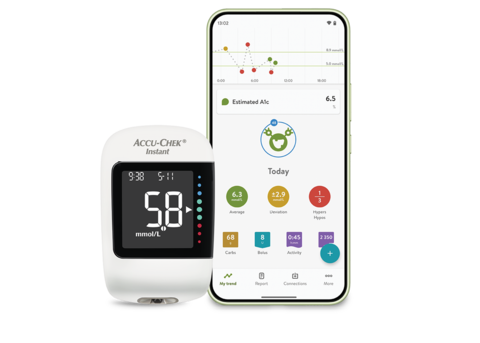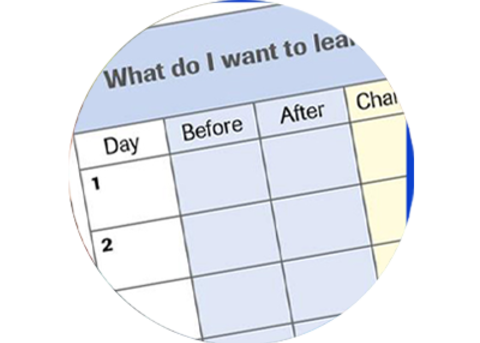Meaningful Monitoring for type 2 diabetes
You may have heard the phrase “Meaningful Monitoring”, but what does it actually mean?
Meaningful Monitoring is carrying out blood glucose monitoring in a purposeful way. You may have also heard it referred to as structured blood glucose monitoring. Checking your blood glucose for the sake of it won’t help you manage your type 2 diabetes; it only becomes meaningful when you take action based on the information.
There are many examples of blood glucose monitoring with a specific purpose, such as checking before and after meals to see how food affects your blood glucose, or monitoring during exercise to determine how you may need to adjust your carbohydrate intake. Doing this can help you and your healthcare team establish if your diabetes regimen is working for you or whether any adjustments need to be made.
What can I use to help monitor and log my diabetes data?
There are several tools that can help you establish a checking routine and identify patterns. Using a structured way of checking blood glucose (for example, seven times a day for three consecutive days) can help you reduce your HbA1c and have more meaningful conversations with your healthcare professional during your diabetes appointments.1,2 You can do this by checking before and after each meal, and once before going to bed.

mySugr app
The mySugr* app connects to your Accu-Chek meter for quick and easy logging of meals, diet, medications, carbohydrates, blood glucose levels and more.
Find out moreWant to know more?
Download our brochure on Meaningful Monitoring to provide you with more guidance.
*mySugr is available in selected countries in Africa. Contact customer support for more information.
Sources:
- Lalic N, Tankova T, Amann-Zalan I. Use of structured self-monitoring of blood glucose improves glycaemic control in real-world clinical practice: findings from a multinational and retrospectively controlled trial. Journal of Diabetes Science and Technology. 2013;7(1):285-6.
- Weissmann J et al, Improving the Quality of Outpatient Diabetes Care Using an Information Management System: Results From the Observational VISION Study, Journal of Diabetes Science and Technology 2016; 10(1): 76-84.
Information provided is void of any representation and warranty as to the reliability, accuracy, timeliness, adequacy, or suitability of the information provided and is not a substitute for professional medical expertise or treatment for medical conditions, actions, applications of medication. For personalized medical advice, consult a doctor or other appropriate medical professional; always seek advice from physicians/ doctors for queries regarding any medical conditions.

